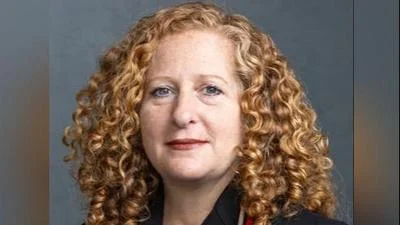Madison’s Common Council has greenlit a massive redesign of the Metro Transit system that focuses on more frequent service and direct routes. | Pixabay
Madison’s Common Council has greenlit a massive redesign of the Metro Transit system that focuses on more frequent service and direct routes. | Pixabay
Madison’s Common Council has greenlit a massive redesign of the Metro Transit system that focuses on more frequent service and direct routes.
The vote came after more than an hour of public input earlier that night where many in attendance sought to pump the brakes on the plan so that more people would have a chance to voice their thoughts.
In the end, the plan included seventeen amendments approved by the city’s transportation policy, planning board transportation planner Mike Cechvala told News 3 Now. With a targeted implementation date of June 2023, the system now moves forward for a federally-required equity analysis.
“I’m more positive than I have been for a while,” Capitol View neighborhood resident Dave Davis told Channel3000.com. “The transit planners listened and included that. I think preserving franchise service to disenfranchised neighborhoods. Neighborhoods or facilities where there’s a large number of elderly or mobility-impaired individuals, and just making the system equitable.”
Cechvala also seems happy with the direction things seem to be headed.
“We think that we have answered a lot of the questions that are out there, so we expect some of the same conversation tonight, but I think we’re optimistic that things will pass," he added.
Cechvala added the process of making the changes happen has been slow but steady.
“This project has been going on for almost two years,” he said. “Early on, we started talking through very high-level goals of what we wanted to do with the transit system. And so, we’re now getting into the very specific details of where the routes go and how often they run.”
Cechvala noted those details include making sure all the changes aren’t adversely affecting low-income people and people of color.
“That’s not to say that nobody is going to have an adverse impact, but it’s to say: overall, we’re not shifting services from low-income neighborhoods to high income neighborhoods, [or] from neighborhoods that have people of color to white neighborhoods,” he added.
Cechvala stressed that planners are doing the best they can with what they have to work with.
“It’s not really a great planning tool, it’s a checking tool; so, we can’t really do it till we know what plan we’re doing,” he said. “So, it’s kinda a chicken and the egg situation. We also can’t apply the Title IV analysis to a plan with many alternatives; we need to figure out what we need to do.”






 Alerts Sign-up
Alerts Sign-up